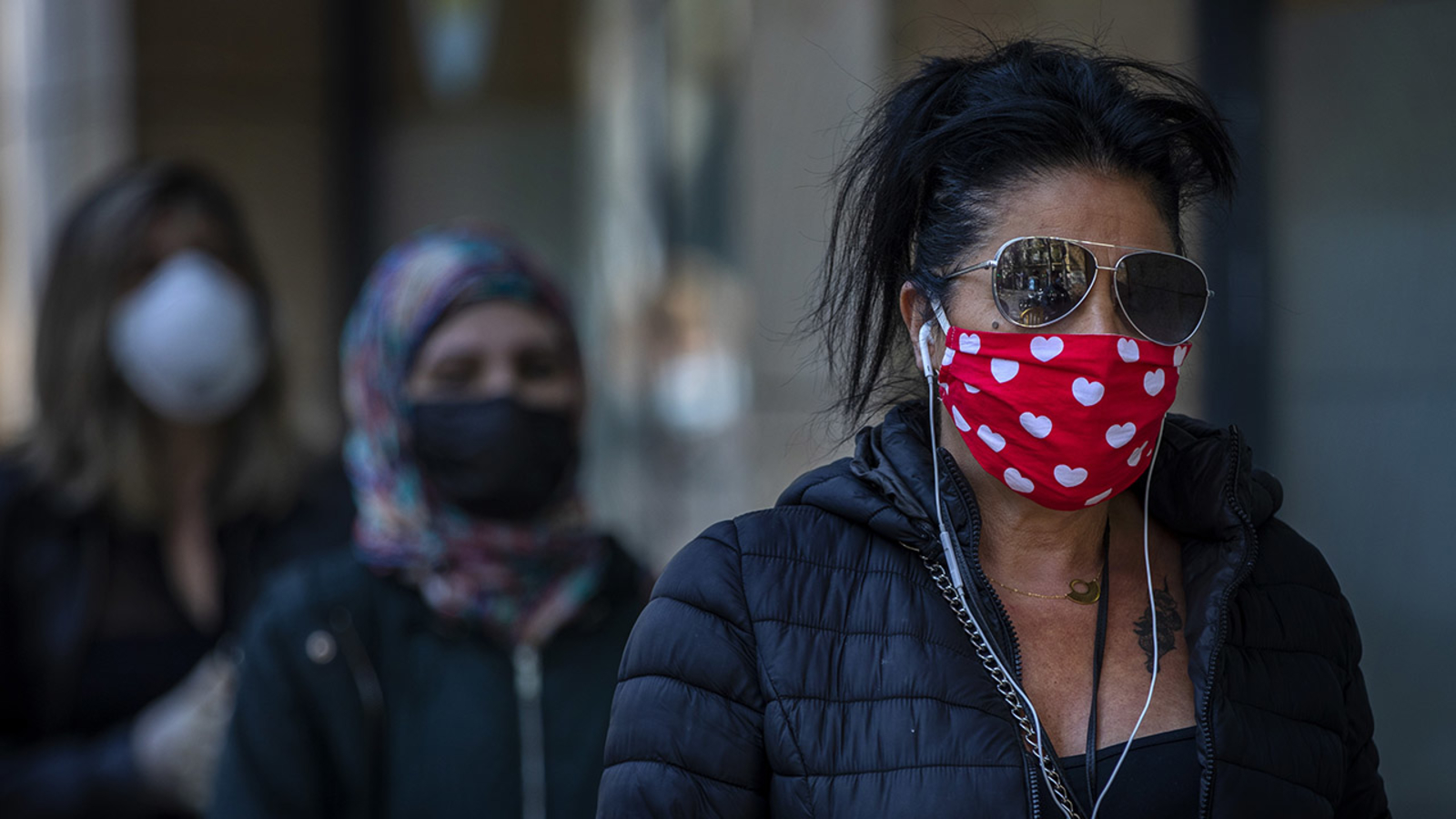The problem is that there is little evidence — one way or the other — on whether non-medical cloth masks prevent disease.
The Centres for Disease Control and Prevention has now officially changed direction. It recommends people wear cloth face masks when they go outdoors and are going to be near other people. They provide instructions on how to make your own using an old T-shirt, needle and thread. You will no doubt be seeing them all over soon enough. The only question that remains is whether they actually work.
The problem is that there is precious little evidence that non-medical cloth masks prevent disease. To be fair, there is little evidence one way or the other and some people might choose to make and wear their own masks under the assumption that anything is better than nothing. However, what little evidence exists is not encouraging.
A 2013 study tested how cloth masks compared to the regular surgical masks worn in hospital. Researchers had 21 volunteers sew masks from cotton T-shirts and then tested them for fit and their ability to filter particles. Surgical masks performed twice as well on fit tests and were about three times more effective at blocking the spread of virus particles.
These results were consistent with a previous 2008 study that showed that personal respirators were better than surgical masks, and that surgical masks were better than homemade cloth masks. While these results are not encouraging, it should be pointed out that cloth masks did offer up some filtering function. In other words, they were worse than surgical masks but they were better than nothing.
Unfortunately, the only randomized trial in a clinical setting predates the current crisis and looked at influenza and other viruses. A 2015 study in BMJ Open looked at 1,607 hospital workers in Vietnam and tested surgical masks versus cloth masks versus usual care. Penetration of the cloth masks by particles was 97 per cent compared to 44 per cent for surgical masks and the rate of influenza-like illness was 2.3 per cent for cloth masks versus 0.2 per cent for surgical masks versus 0.7 per cent in the control group.
Cloth masks did worse than surgical masks in terms of protecting health-care workers, and oddly also did worse than usual care. Many people in the usual care group wore wear masks intermittently, which likely explains why their infection rate was so low. So while cloth masks might not be dangerous or make things worse, their ability to protect people seems limited.
Still, there are reasons to think that a broad recommendation for everyone to wear masks might be counterproductive. In a 2003 letter written during the SARS outbreak, researchers describe how while flying from Bangkok back to Manchester, they saw many people on their flight wearing masks. However, they also saw that many people removed their masks to “cough, sneeze, or wipe their nose (regularly not into a handkerchief)” and of course to eat the in-flight meal.
The worry is that people will fiddle with masks and thereby touch their face more often, which might make things worse. Also, unless regularly changed and laundered, masks can also become a source of infection as was pointed out in a recent commentary.
It has been suggested that countries like South Korea, where people widely wear masks, have lower mortality rates from COVID-19. This is faulty logic because mortality rates vary widely between countries and have more to do with emergency preparedness, access to ICU beds and the ability to test then isolate infected people.
The CDC’s rationale is that cloth masks will block at least some of the tiny water droplets that we all spray outwards when we speak and breathe. Since many people may have no or mild symptoms, they may be unintentionally spreading the virus when they go grocery shopping or to the pharmacy.
So the goal of these masks is not to protect you from others, but to protect others from you. Knowing this, you may choose to wear a mask when you go out whatever its effectiveness. But better still, you can just stay home.
By: Christopher Labos – a Montreal doctor and an associate with the McGill Office for Science and Society. He also co-hosts a podcast called The Body of Evidence.
Source: Montreal Gazette



